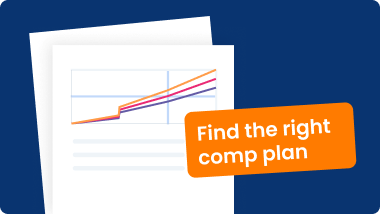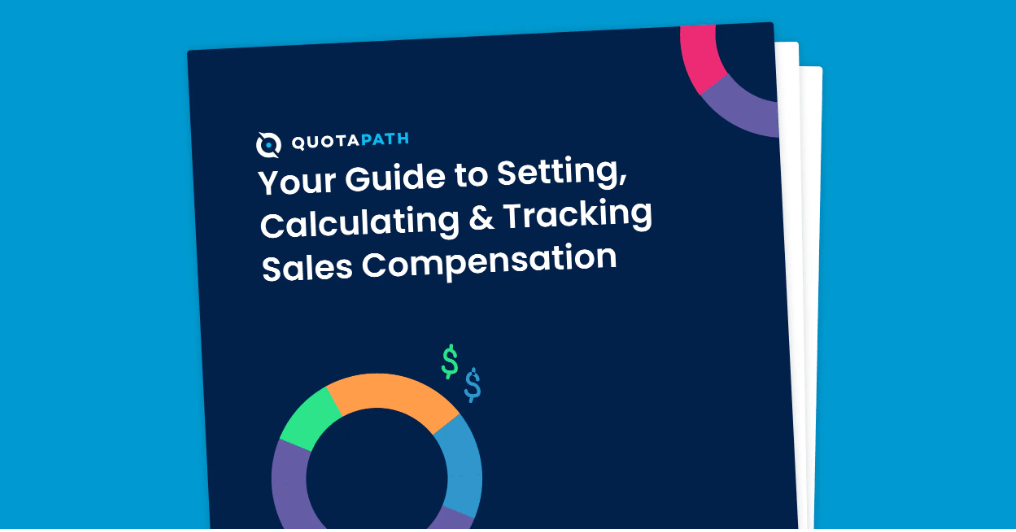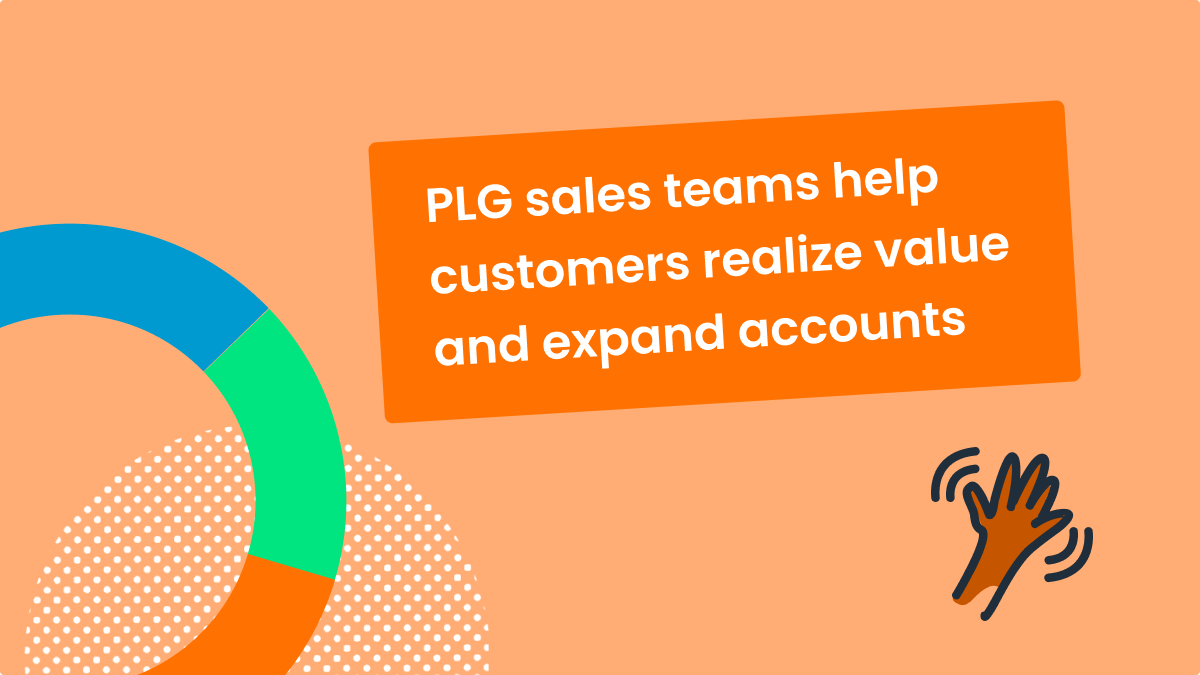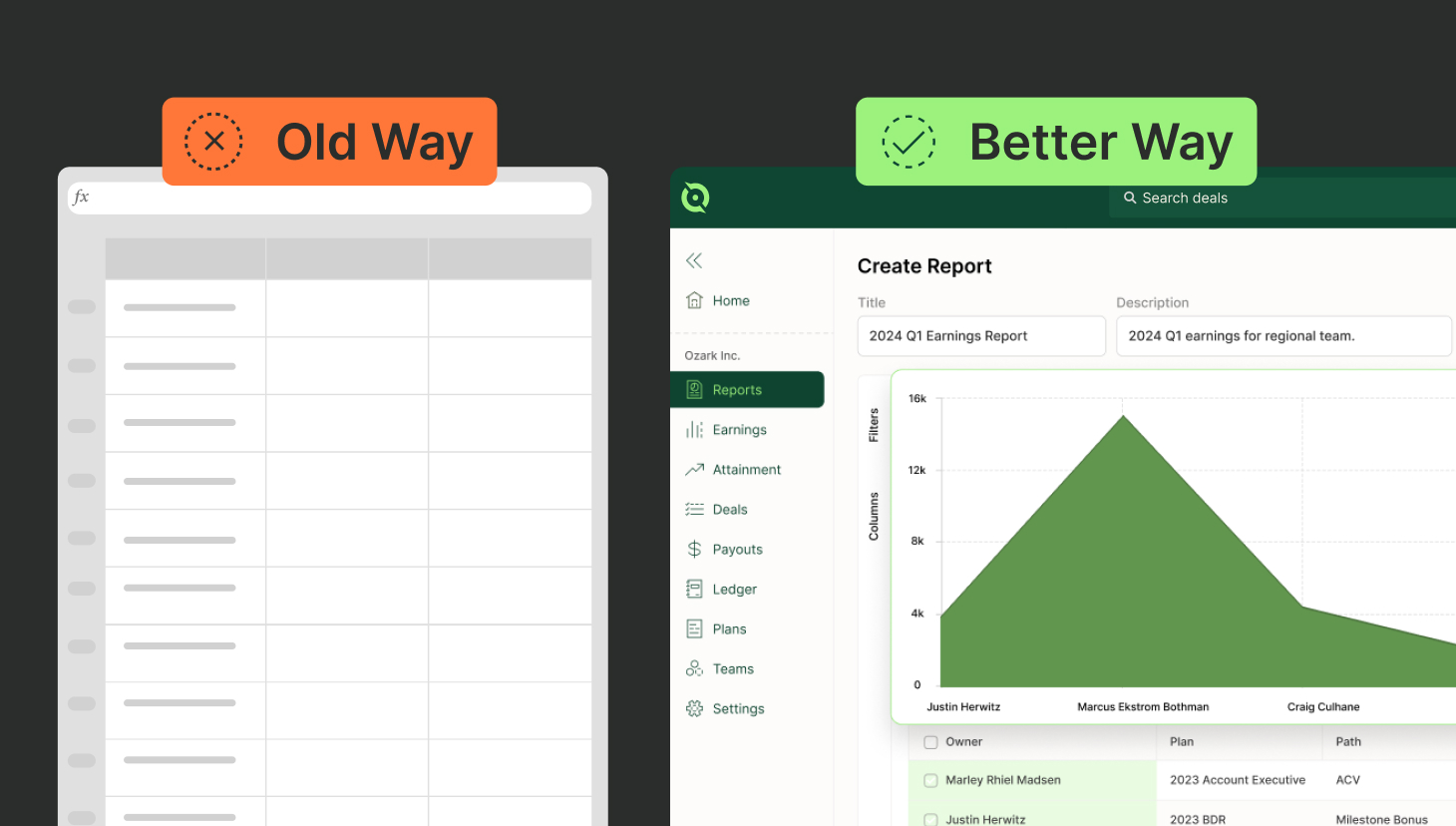Product-led growth (PLG) is growing in popularity amongst B2B companies.
According to a survey conducted by ProductLed, 58% of the participating companies run PLG models. Ninety-one percent said they plan to increase their PLG efforts, while 47% committed to doubling their investment.
It makes sense.
Over the past decade, some of the most popular SaaS tools implemented PLG models, including HubSpot, Calendly, and Slack.
Yours truly, QuotaPath, also adopted a PLG motion by offering free commission tracking software.
By creating intuitive, user-friendly products and superior customer experiences, these companies provide customers with a self-service journey to learn, access and experience their products. And, they do so by offering their solutions for free.
This approach stems from the idea that once users see the value, they convert to paying customers and expand with more subscriptions.
For Slack, it’s paid off. The company went public in 2019 and maintains a paid customer retention rate of 98%, according to this report. Calendly, too, surpassed 10 million users this past year and a $3B valuation.
But how do freemium PLG models impact sales compensation plans since the product sells itself?
Below we explore this topic.

Compensation Hub
Discover, compare, and build compensation plans. Customize compensation models using 9 variables.
Find Compensation PlansHow PLG motions impact sales compensation
A sales team in a PLG organization has a different focus than a traditional sales-led growth model.
For instance, sales-led teams focus on creating leads, demoing the product, and guiding prospects through the sales process.
PLG sales teams, on the other hand, spend more of their time helping customers realize value and expanding accounts. They might partner with free users to accomplish objectives and guide them through configurations, pricing, and contract negotiations.
So, how can you pay your team appropriately and competitively for PLG models?
Let’s look at an example.
Comp plan example for PLG companies
To get started, keep in mind that PLG comp plans don’t differ greatly from a standard SaaS comp plan.
How you think about paying on PLG models shifts based on how expansions occur within your business. Do they occur naturally or is it a core component of the sales cycle? This question will help determine how you go about structuring your sales compensation strategy.
At QuotaPath, for example, our expansions happen relatively naturally. Perhaps a deal kicks off with 10 users, then the customer adds their SDR team and 5 new AE hires.
As is the case with most PLG programs, the customer in this example does not need to sign a new contract. Rather, they can add users directly to the platform, with their pricing immediately updated.
PLG sales comp plans to consider:
The first PLG comp plan example we often see involves paying the sales rep on the expansion at the same rate as the initial contract and allowing it to count toward quota.
Usually, leaders will set a period of time that the expansion payout is eligible. We most commonly see timeframes set within 12 months of the initial agreement. Some organizations will leave it indefinitely. Others will pay reps on expansions only within the first 90 days.
“If they immediately hand off the deal to a customer success or account manager, it doesn’t make sense to compensate the rep on the upsell,” Graham Collins, QuotaPath Chief of Staff said. “But if they manage the relationship, the rep deserves to be paid on that.”
Higher rates at the time of contract
Another commonly used PLG comp plan entails paying a higher commission rate on the first contract.
The catch? The company pays a higher rate with no additional payment on expansions because there’s a significant chance they expand later.
So, a rep might earn 20% off the bat, a rate we consider very high, due to its likelihood of adding more users later.
“Reps might not like this because they don’t get paid on the expansion, but whether or not it expands, the rep still earns a higher rate,” Graham added.
Commission rates and quotas
A third option to consider is to pay the rep the same commission rate on the expansion while disqualifying it to count toward quota. Or, you could pay a lower rate and not count quota.
Here are the plans we see from most common to least common:
- Most popular: Count toward quota, paid same rate
- Count toward quota, lower rate
- Doesn’t count toward quota, paid same rate
- Least popular: Doesn’t count toward quota, lower rate

Your Guide to Setting, Calculating and Tracking Sales Compensation
Design and execute a compensation strategy that rewards and motivates your reps, aligns to business goals, and drives revenue.
Download the free ebookFor example, if 30% of free users convert to paid without an AE stepping in, then a cliff or decelerator will pay the AEs on a lower commission rate until they surpass 30%. Once they pass 30%, they begin earning a higher rate on every conversion thereafter.
Build your PLG sales comp plan
Sales comp plans for a product-led growth company depend on the unique structure of your sales team, strategy, and product.
We recommend beginning simple and adjusting your plan over time to drive sales behaviors that align with your company goals.
For support with comp plan design, visit our free resource, Compensation Hub. This library includes 20 adjustable free comp plan templates to run and test scenarios.
To learn more about QuotaPath’s sales compensation automation and management software, book a time with our team for a chat.



